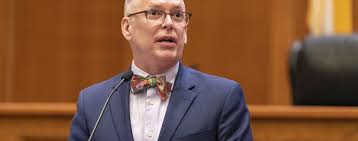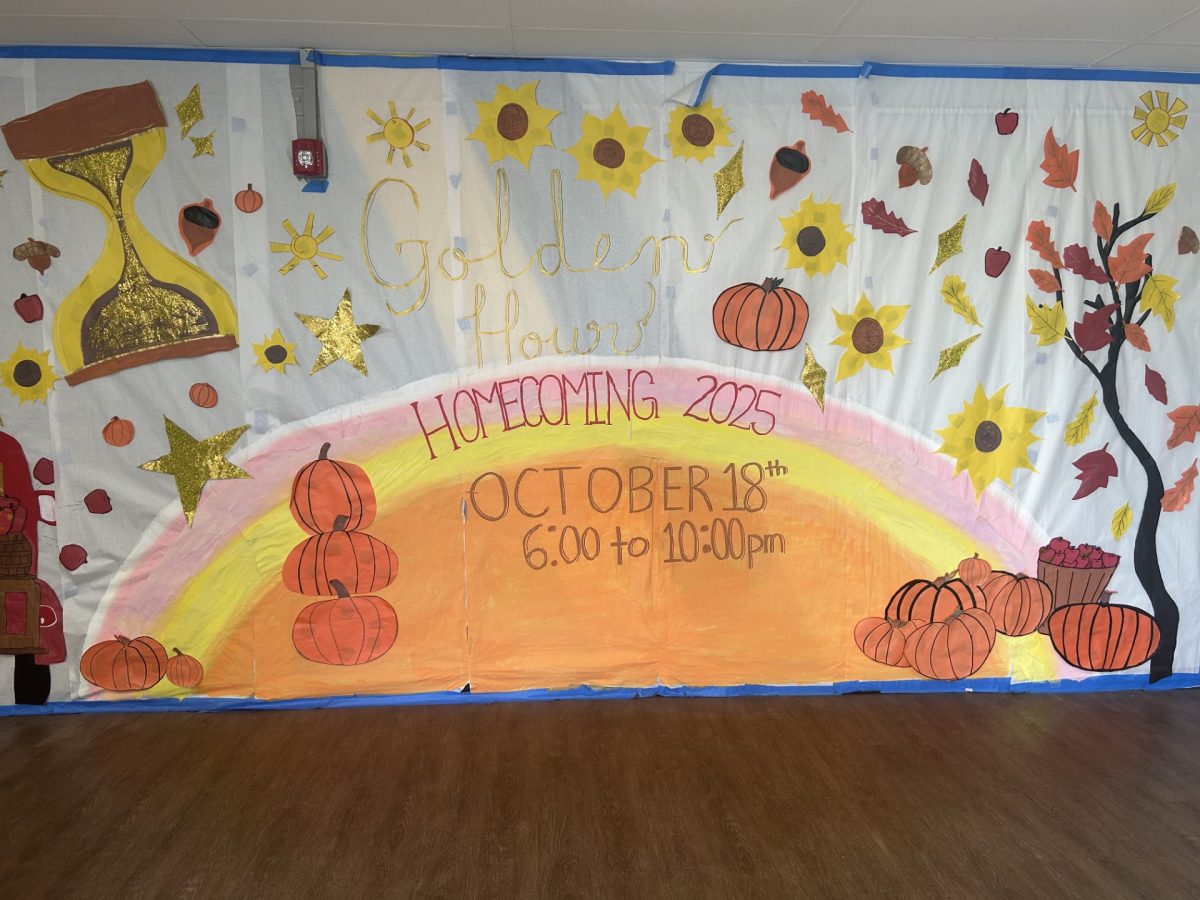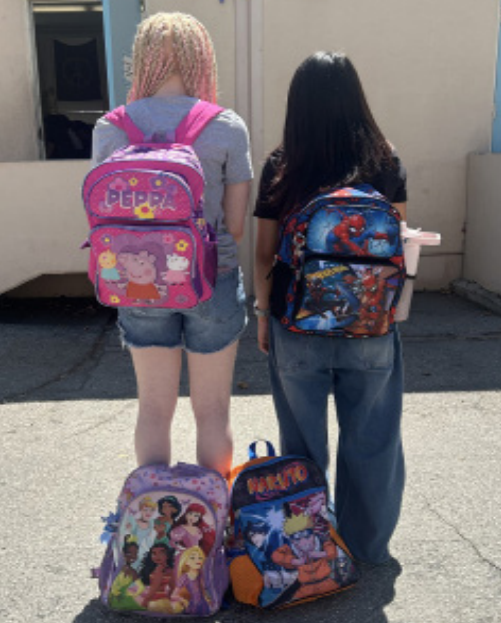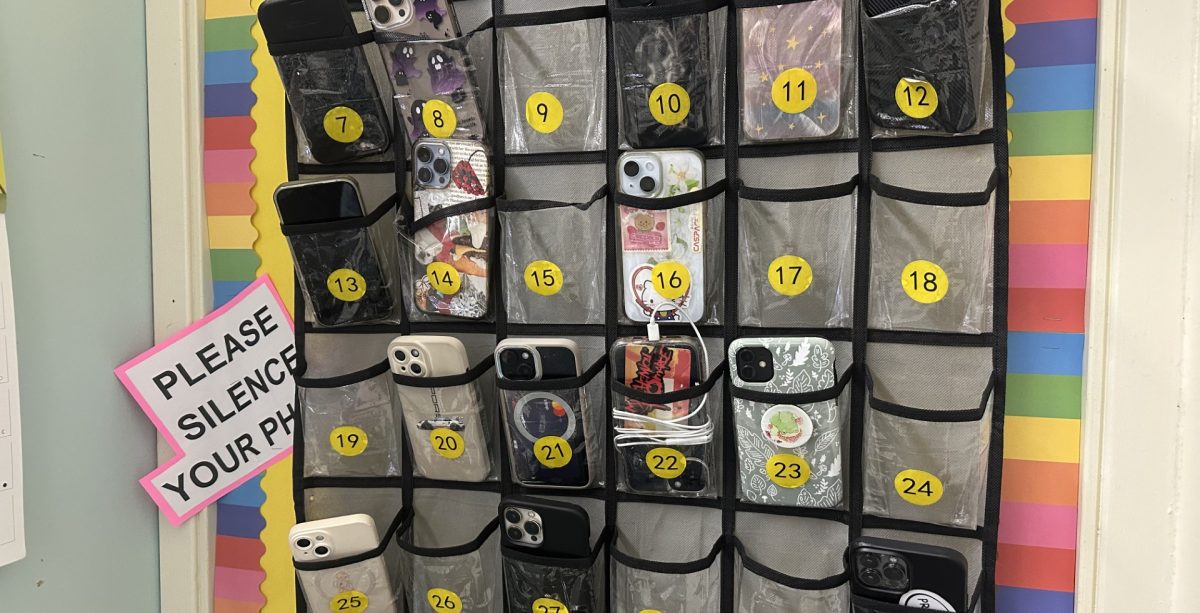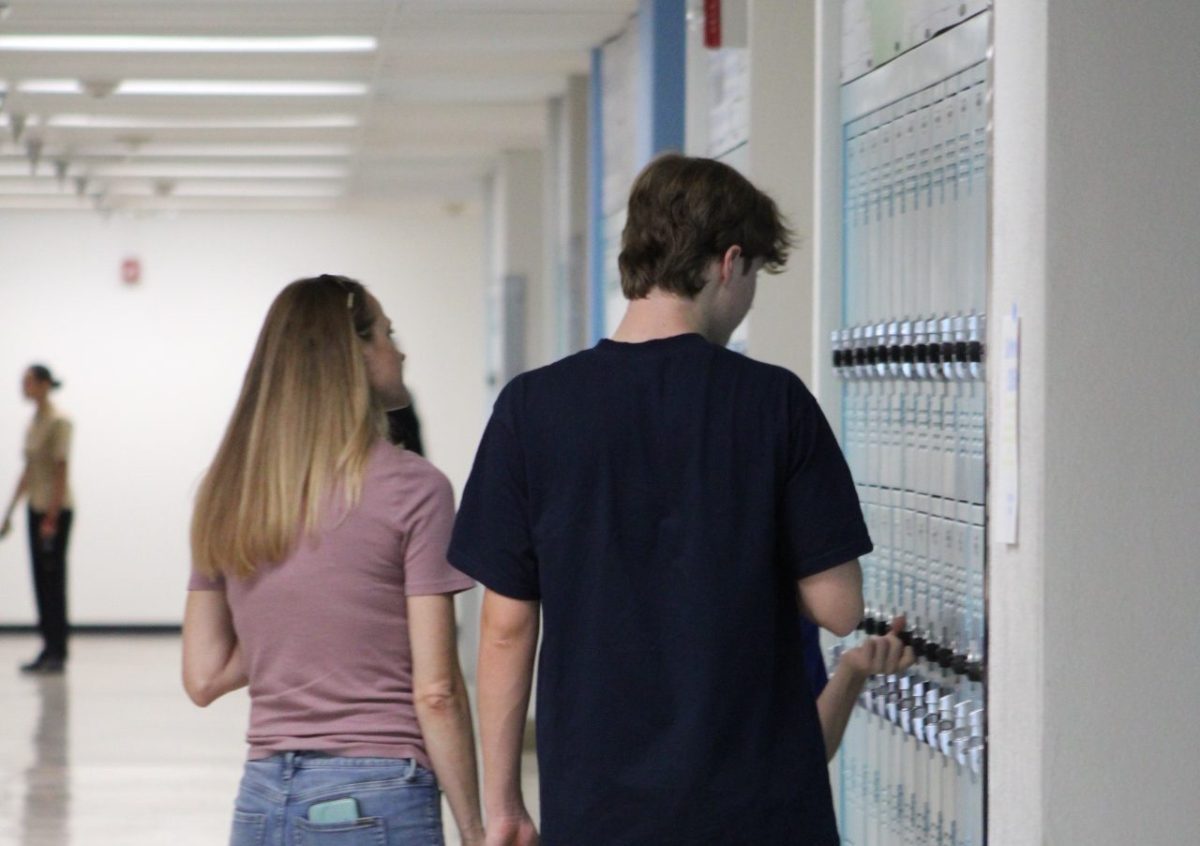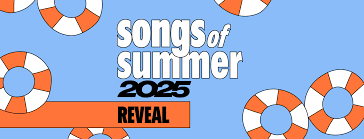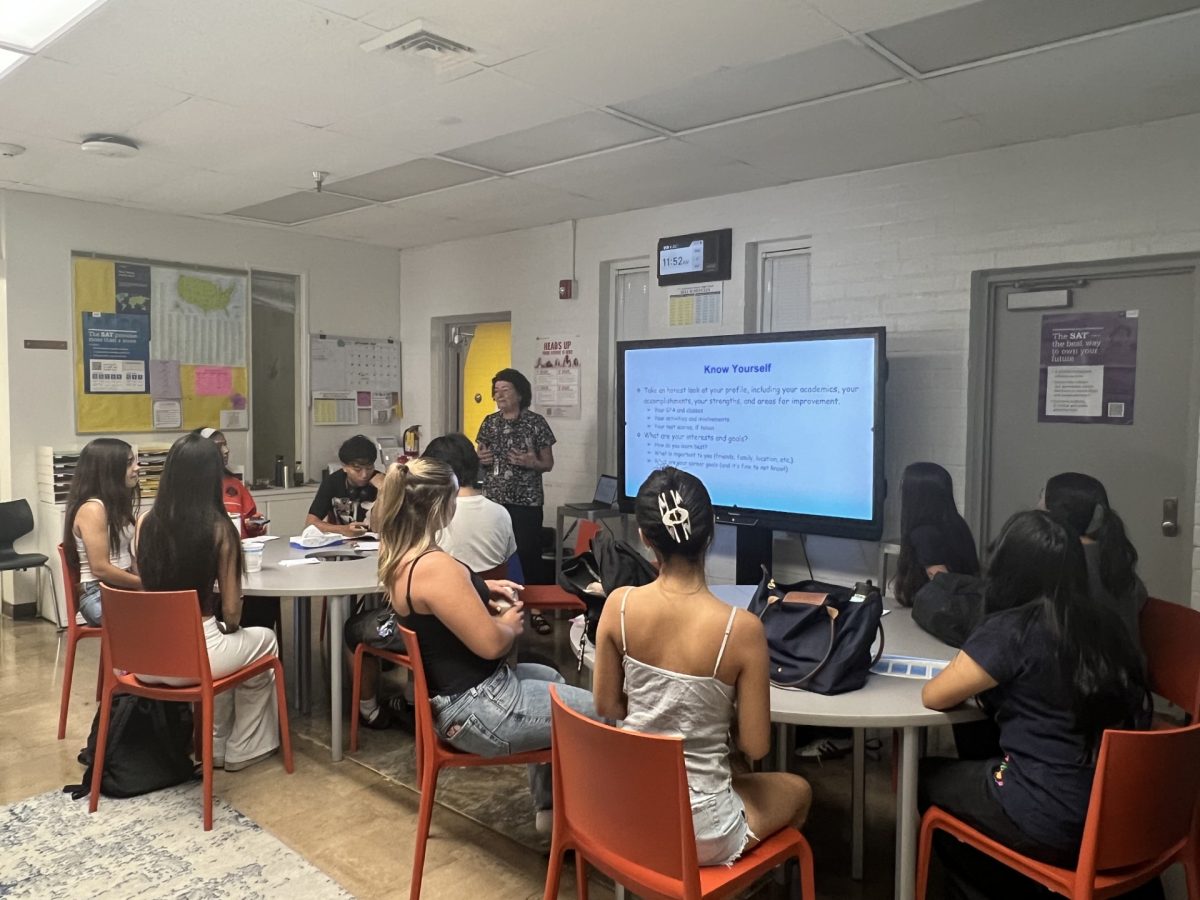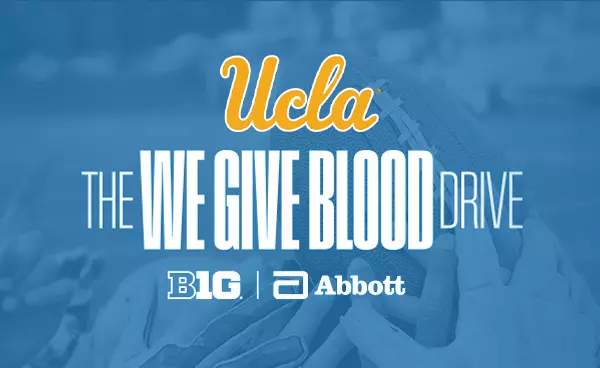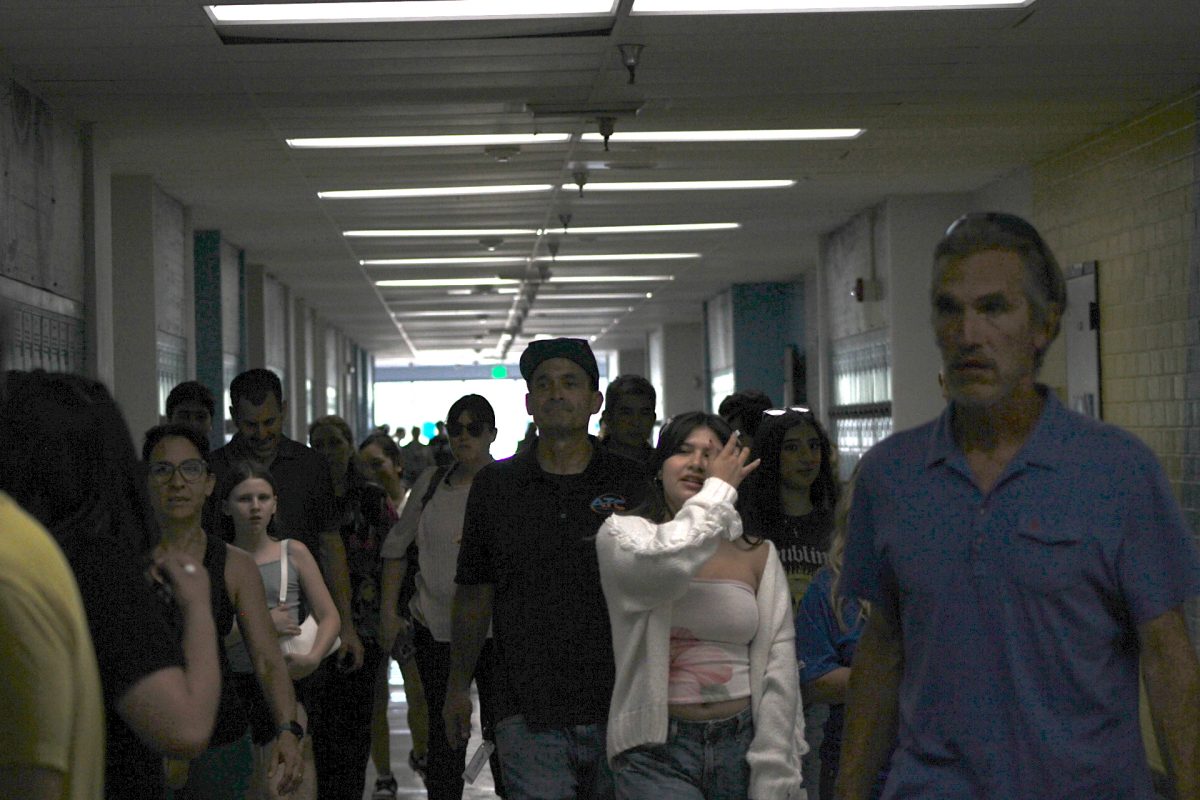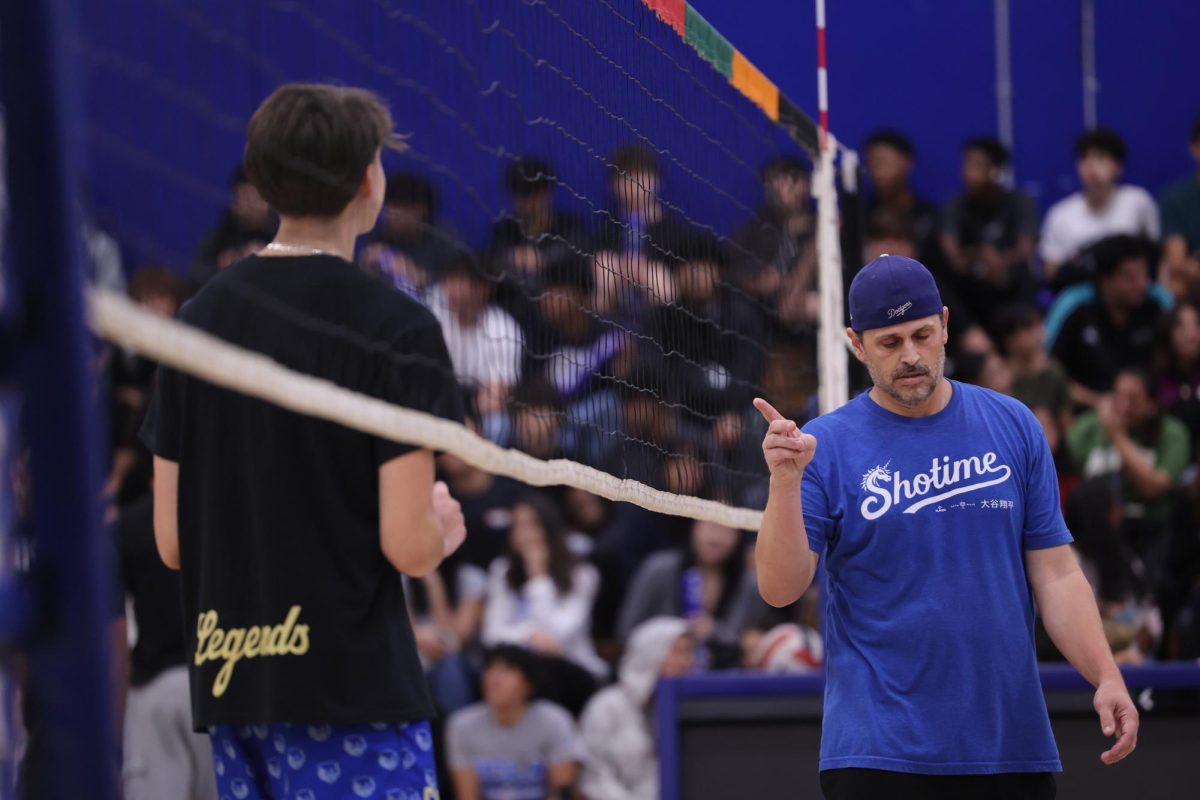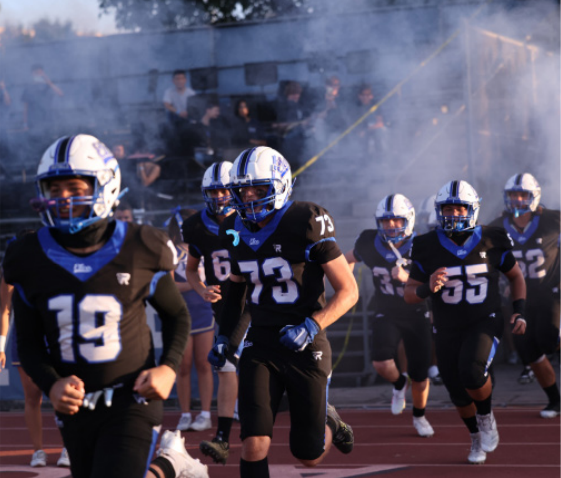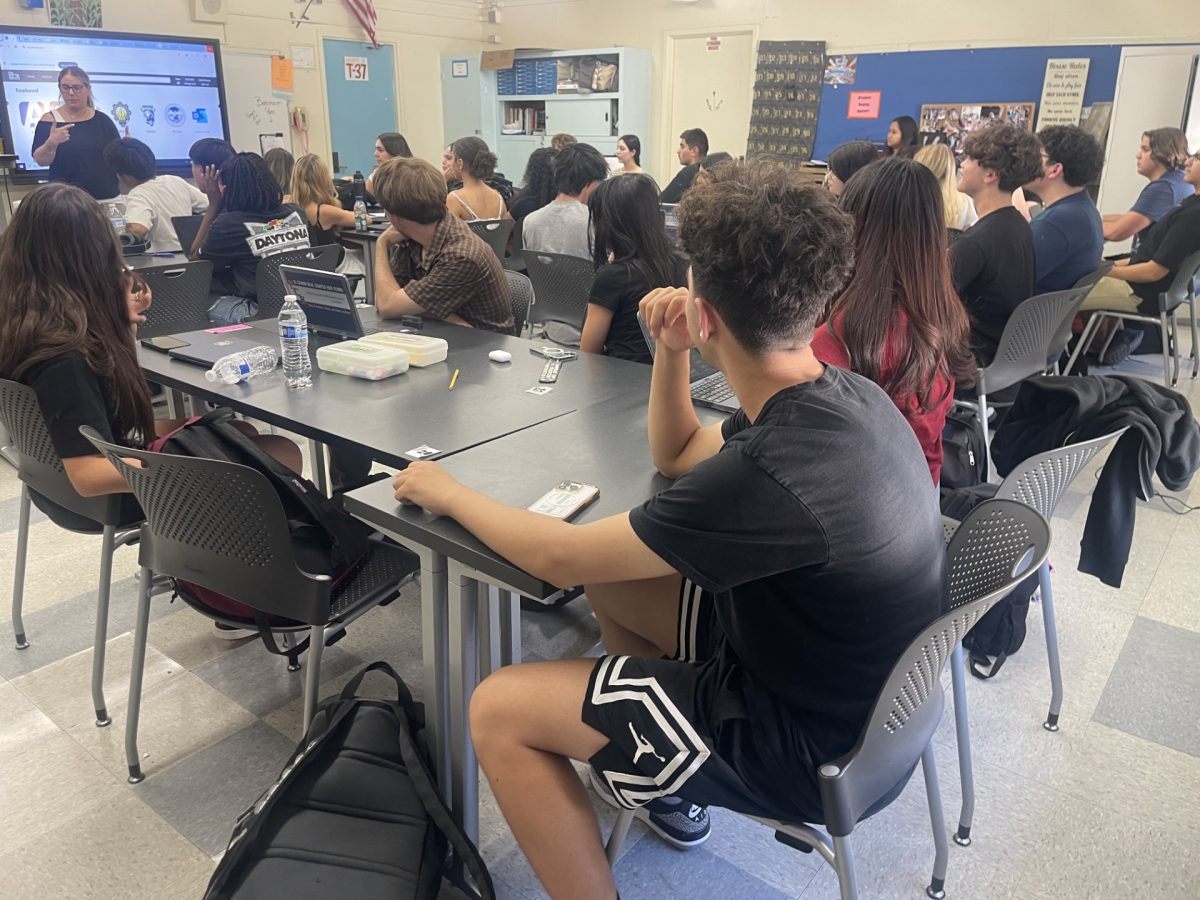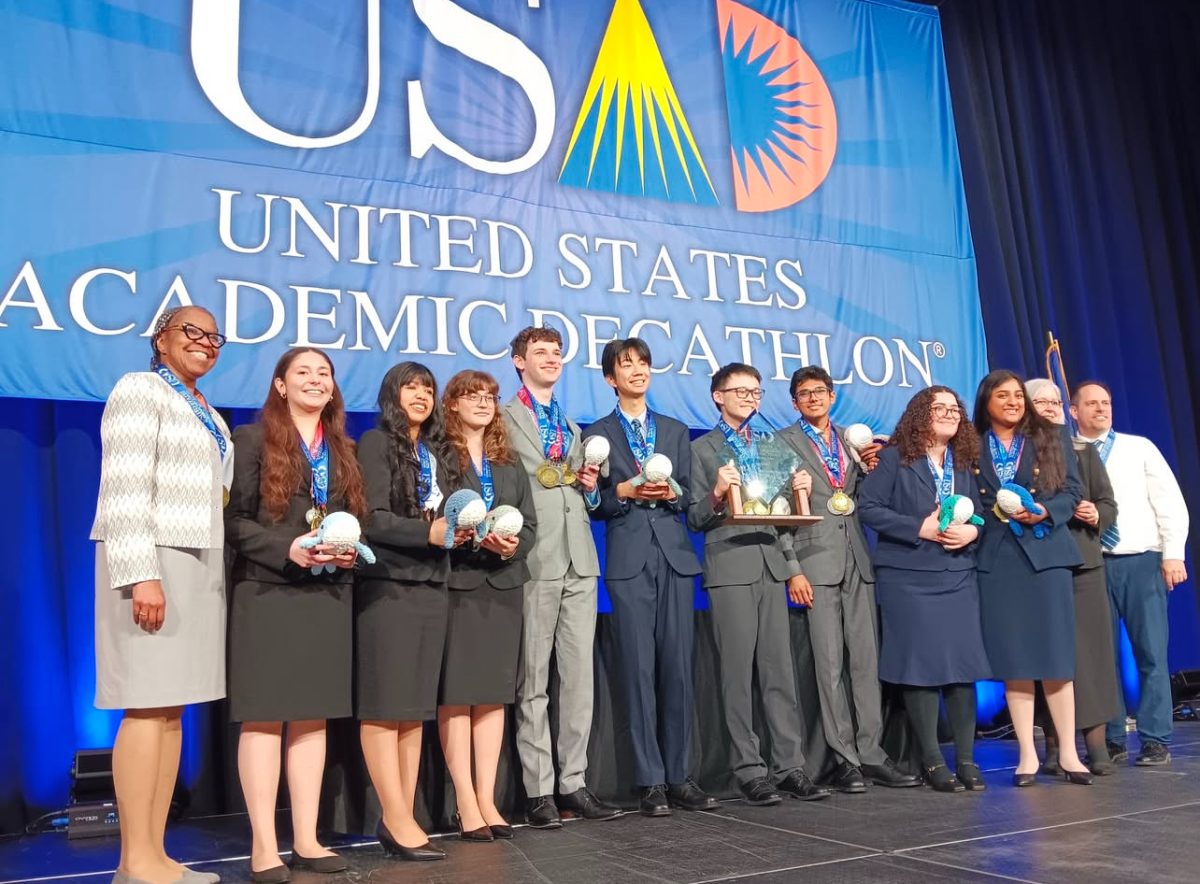This school year, many teachers and students have noticed the increase in the amount of students present in classrooms, and these high interest classes have become an issue.
“Some of my classes are big, and some are really small,” junior Jacqueline Chriss said. “My Advanced Placement (AP Chemistry) class has 17 people, but my AP Psychology class has, like, thirty kids.”
The amount of students assigned to one classroom can negatively impact students’ academic performance and overall success, as students need time and resources available to them in order to cultivate their skills and grow. Additionally, fitting large quantities of students into classrooms that aren’t necessarily made to accommodate such can be difficult for teachers and students to navigate.
“In courses where there should be a lot of writing, it’s difficult for teachers to provide detailed and timely feedback.,” English and AP Psychology teacher Melissa Gregorio said. “In courses where there should be more hands-on activities, it’s challenging to do that without enough space where students could legitimately move around the room.”
It is difficult to accommodate the academic success of the students, the time management for teachers, and schools’ budgeting costs. These factors bump heads, making it increasingly difficult to satiate these apparent needs.
“I imagine teachers are spread thin in large classes,” junior Sofia Galleguillos said. “They not only have to help each student, but also make tests and projects, and once that’s all done, grade them.”
Even though these unfortunate circumstances can seem daunting, it is imperative that students and teachers alike look to maximize their own positive outputs by considering ways to benefit both teachers and students.
“Some teachers have aids,” Galleguillos said. “I can assume that they help a little more, which can allow the teacher more breathing room and improve our learning environments.”




